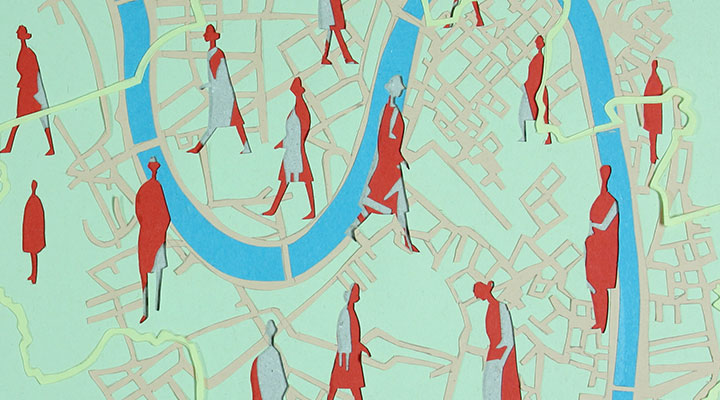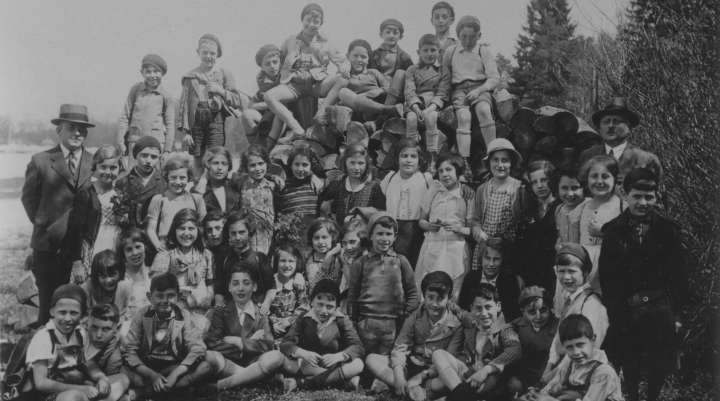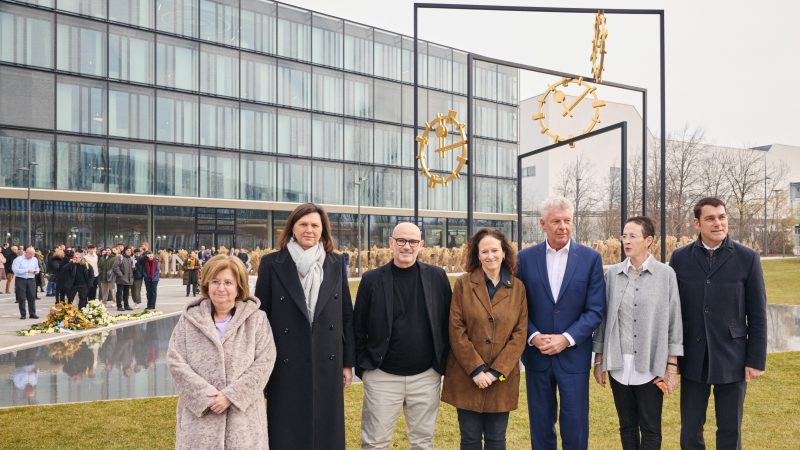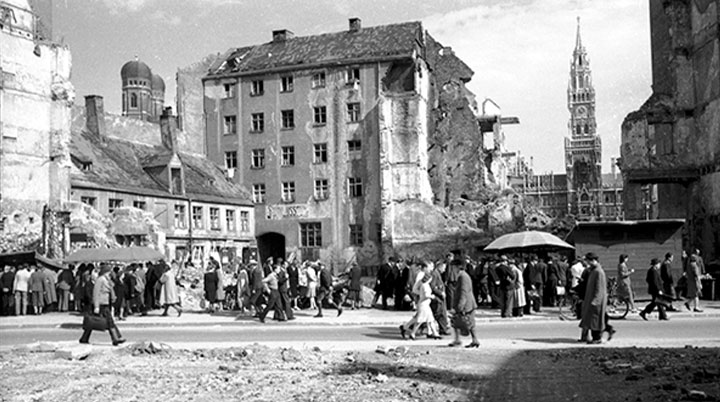
How we became what we are
In May 2025, it will be 80 years since the end of World War II in Europe and, as such, in Munich as well. Liberation from Nazi rule was, however, not an abrupt act or ‘zero hour’, but required years of effort.
The period from 8 May 1945 onwards was characterised by the cooperation and coexistence of Holocaust survivors and those who had survived annihilation, of displaced and uprooted persons, refugees and those expelled, of members of the American armed forces and Germans returning from exile. They all set the course for our democratic social coexistence in a diverse urban society.
The Department of Arts and Culture in Munich invites everyone to examine this period that is so important to us today by participating actively in its cultural project 1945–2025 ‘Zero Hour?’ How we became what we are, that will be held at different venues around the city.
The programme of events can be found in our online calendar.
The complete programme is available in pdf form and as a printed booklet from all event partners.
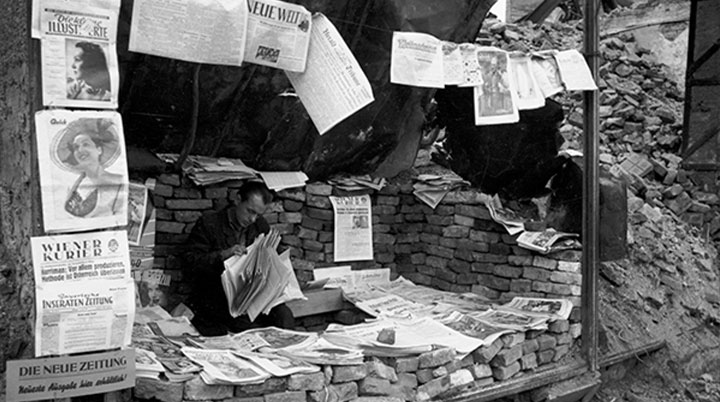
‘Zero Hour?’ Programme of Events
How was it possible that a new beginning could succeed following the devastation brought about by the Nazi era, following an unbridled frenzy for power and widespread destruction throughout Europe? Especially in Munich, the former ‘Capital of the Movement’? How was it possible for democracy to flourish? How were totalitarian legacies dealt with beyond denial and indifference? Where is the boundary between memory, repression and ideology? How did the urban society that slowly became established deal with what the new residents of Munich ‘brought with them’ and with their respective origins, culture and experiences? What was selected, what was left out, who was integrated, who was overlooked?
Answers to this question are being sought by 130 partner institutions participating in the ‘Zero Hour?’ project. In a total of more than 220 events taking place between January and May 2025, the public is invited to reflect on this and to exchange ideas; it is invited to readings, lectures, exhibitions, art events and art discussions, to tours on foot and by bike, to films and music events – around two thirds of these are free.
Explore the range of events on offer in our calendar. The entire programme of events is available as a pdf to download.
A printed brochure is available from all event partners in the Munich urban area.
If you have any questions about the programme of events, please contact us under 2025@muenchen.de
